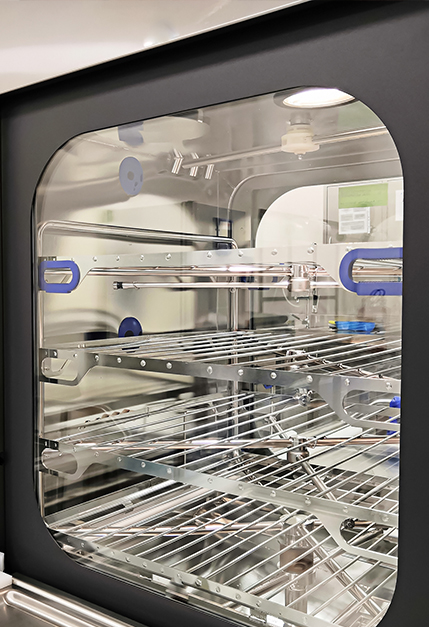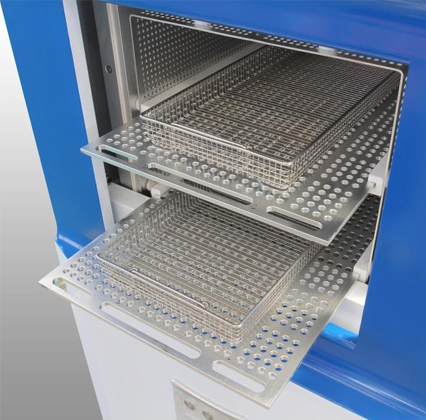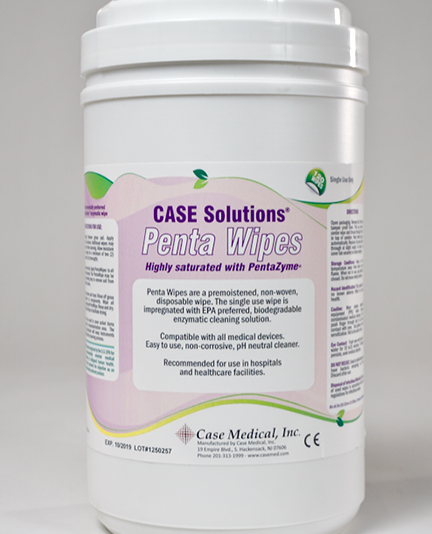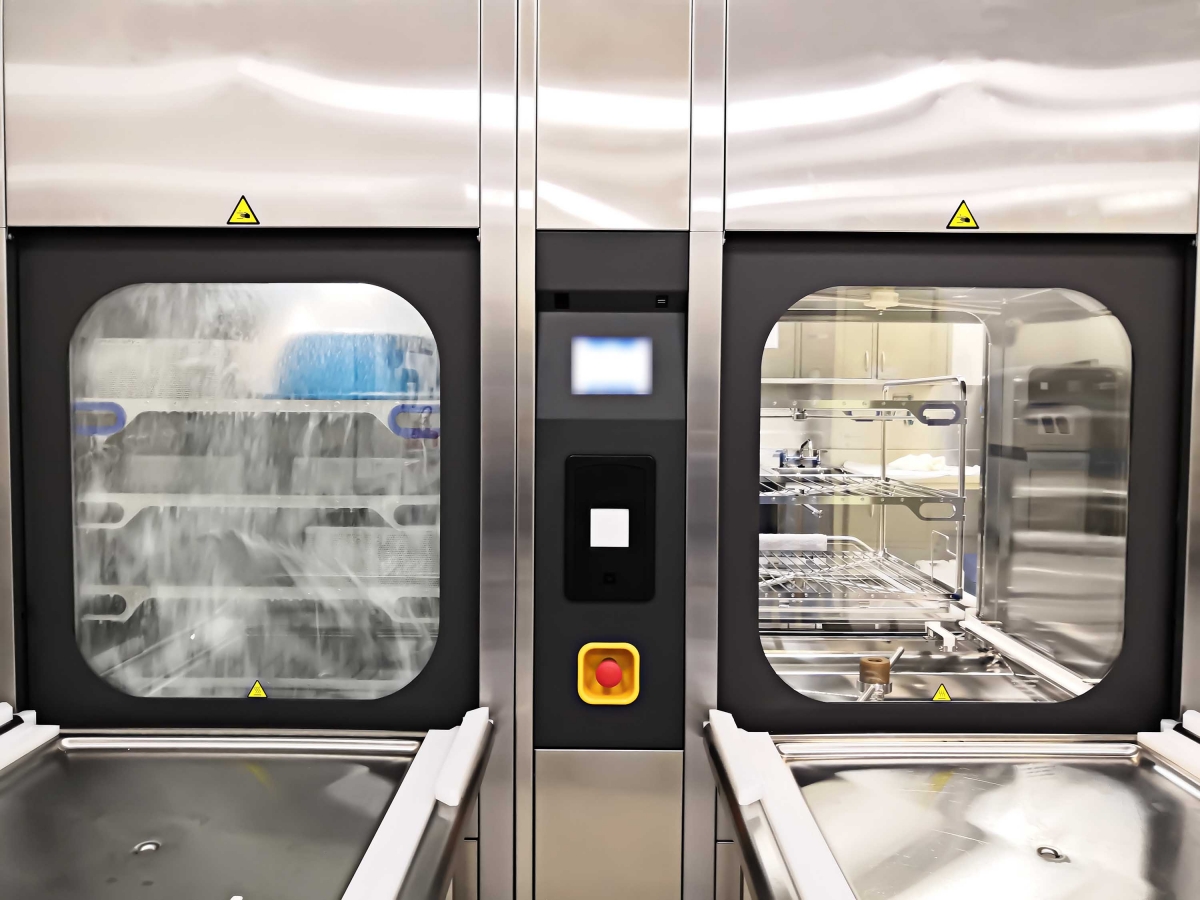
Sterilization science includes cleaning and rinsing
Last week, we discussed the value of utilizing high purity RO water for cleaning and rinsing. This week, we are faced with a continuing problem of residue remaining on surgical devices. I’ve been in this industry for over thirty years and only recently heard about the frequency of white powder residue on containers and even on single use wrap after sterilization. Some suppliers are saying there is nothing to be concerned about when white powder is found. They say, “Use as is!”. We don’t agree. Reusable devices, like containers, should be routinely cleaned and rinsed after each use, like any other reusable device. Are folks simply not rinsing, or is there another reason? Is it possible that automated cleaning in cart washers may be the source of the problem or is it vaporized hydrogen peroxide residue or a combination of both?
Too many folks take cleaning of surgical devices for granted
When it comes to containers, some avoid the pre- cleaning and rinsing step entirely and solely use an environmental wipe followed by sterilization. Most SPDs use automated washers with three separate wash cycles for their reusable devices: first wash step using enzymatic cleaners, a second for a detergent wash, and a third where lubricant is applied automatically whether it’s needed or not. Some automated settings utilize a brief rinse after each cycle. To save time, others are programmed to not rinse between the enzyme and the detergent cycles, at all, and then utilize a very brief rinse with critical water before the final thermo-disinfection step with lubricant. This is a perfect scenario for retained detergent residue on devices. Nonetheless, the use of washer disinfectors is rarely used at all for decontaminating containers. There is simply not enough space to do containers, or time to decontaminate all the surgical instruments in one shift. In recent years, most facilities have transitioned to using cart washers instead.


This where a problem can emerge
There is more room in the cart washer for Case Carts and for racks that secure numerous containers and even in some situations, multiple loaner trays. While this may sound like a good idea, the conundrum here is that wash water in cart washers is typically recycled, detergent concentrated as it’s dispensed each time the cart washer is used, the cleaning agent may not be pH neutral, and finally, the last step is often a finishing agent, an organic chemical, whose residue can interfere with low temperature sterilization. Use a water softener for the final rinse and now it is a perfect storm to create sterilizer failures, aborted cycles, and perhaps even worse, residue that can be transferred onto devices for patient care procedures.
How low-temp sterilizers contribute
This is where the sterilant and improper cleaning and rinsing come into play. Yesterday, I spoke to one of my colleagues that processed a container 20 times without cleaning or rinsing. They found a white powder residue on the surface of the container. They also found that the accumulated white residue could be washed off, even with a thorough rinse under the flow of water. Vaporized hydrogen peroxide sterilizers can leave behind a residue which is acidic and for which it is recommended that the user wear gloves when removing the processed items from the sterilizer. A word of caution, this may not be as safe as one may assume. However, this can be avoided.


The Solution
In the past, steam sterilization was the preferred method for sterilizing medical devices. Steam is more forgiving than chemical agents, but it utilizes steam and moisture and not all devices are compatible. Devices used repeatedly should be decontaminated after each use, cleaned and thoroughly rinsed. This is particularly true for devices processed in low-temperature sterilizers. Yes, this can take time. Nonetheless, there’s a simple solution. If the cart washer must be used, limit the number of re-use cycles, always rinse with clean water, and never use a drying/finishing/sheeting agent as a final step because they are organic compounds and the residue remaining can contribute to the residue on the container and on the devices. Another option is to leave the single use environmental wipe originally designed for environmental cleaning with janitorial service. Switch to Case Medical’s Penta Wipes certified by EPA for sustainability, safety, and its intended use for surface cleaning. Of course, don’t forget to rinse.
We have more cost effective and sustainable ideas to share. Contact us with any questions or concerns, we are here to help. Please share your ideas on any other ways that Case Medical can come to the rescue with safer products, education, and innovative solutions.
Visit us anytime at www.casemed.com to learn more about our products and services. We are here to help.
Kindest Regards,





